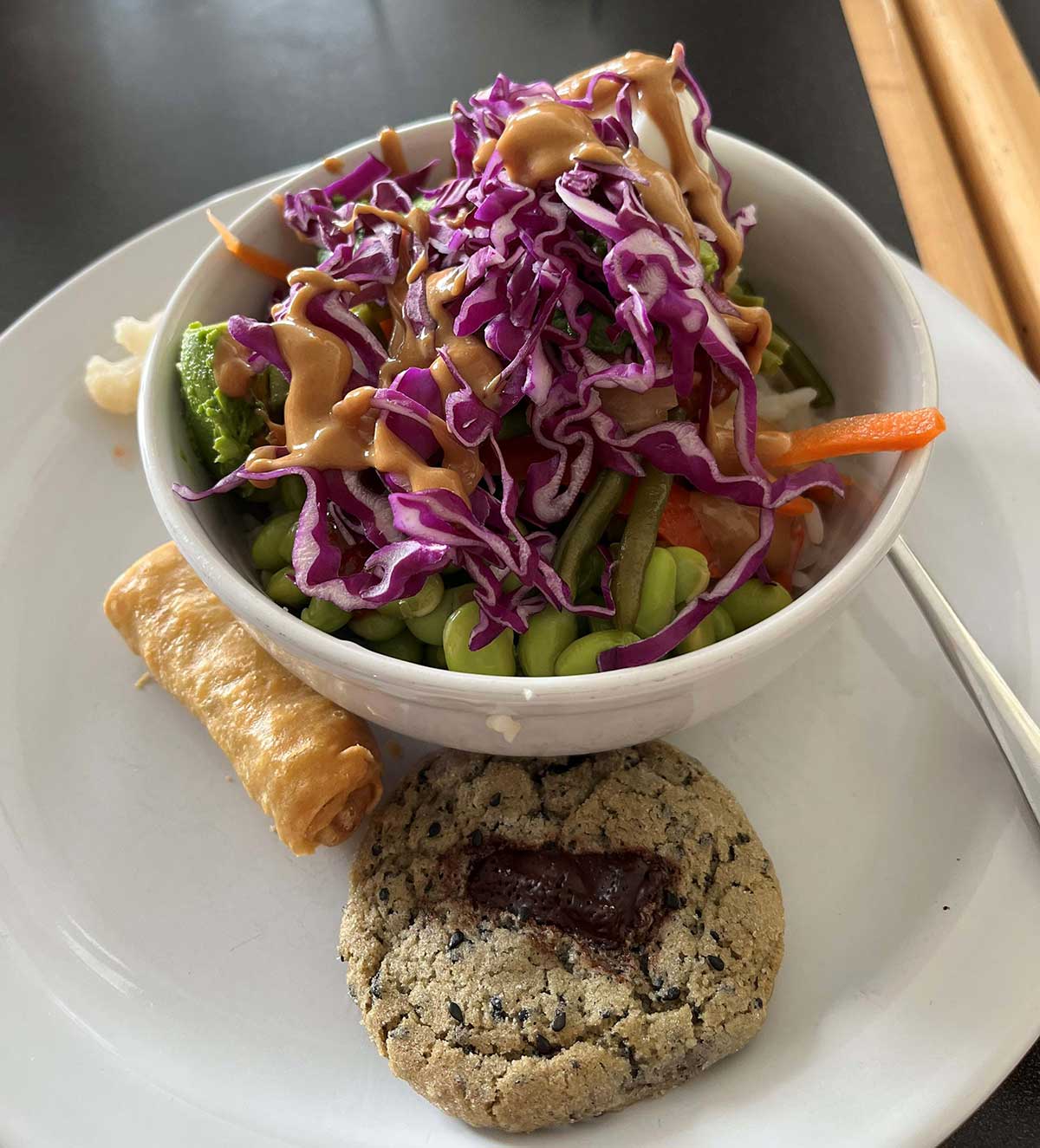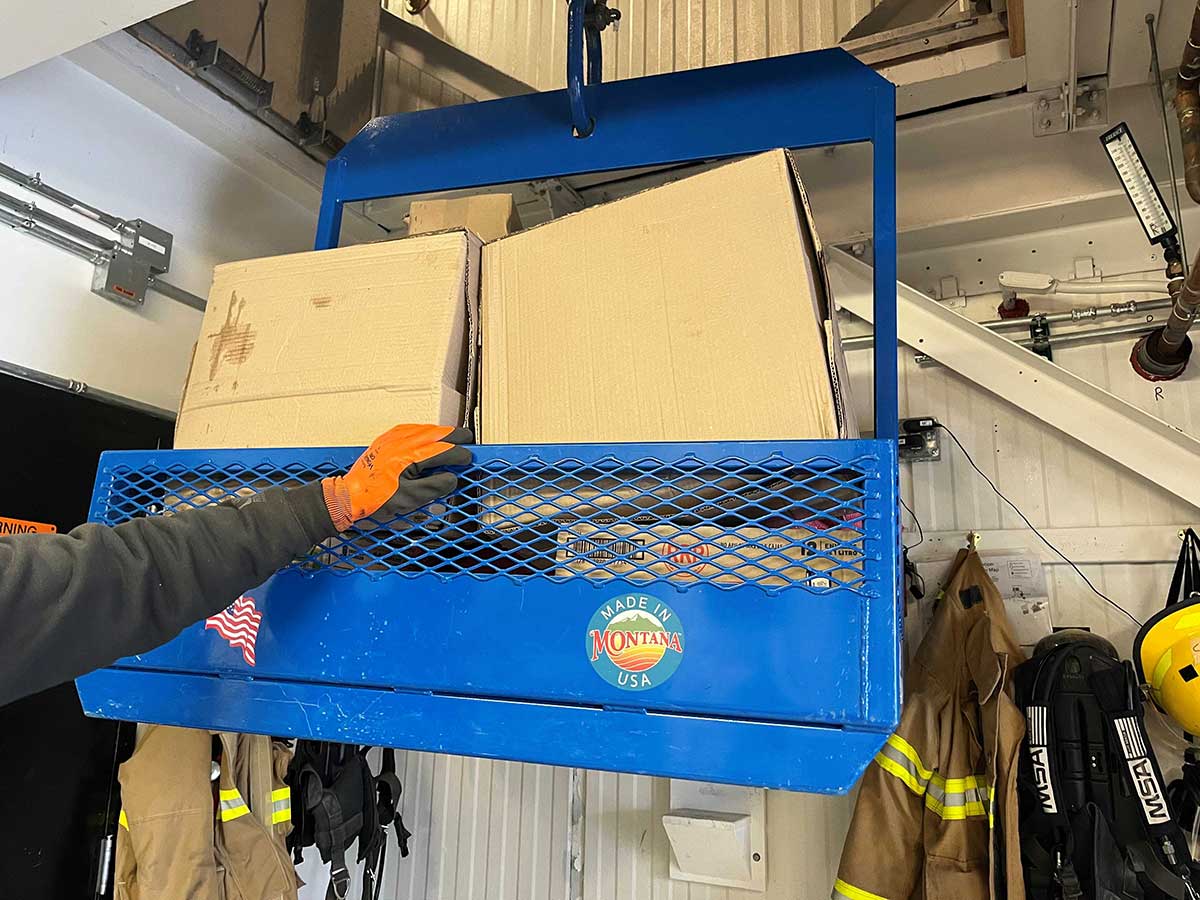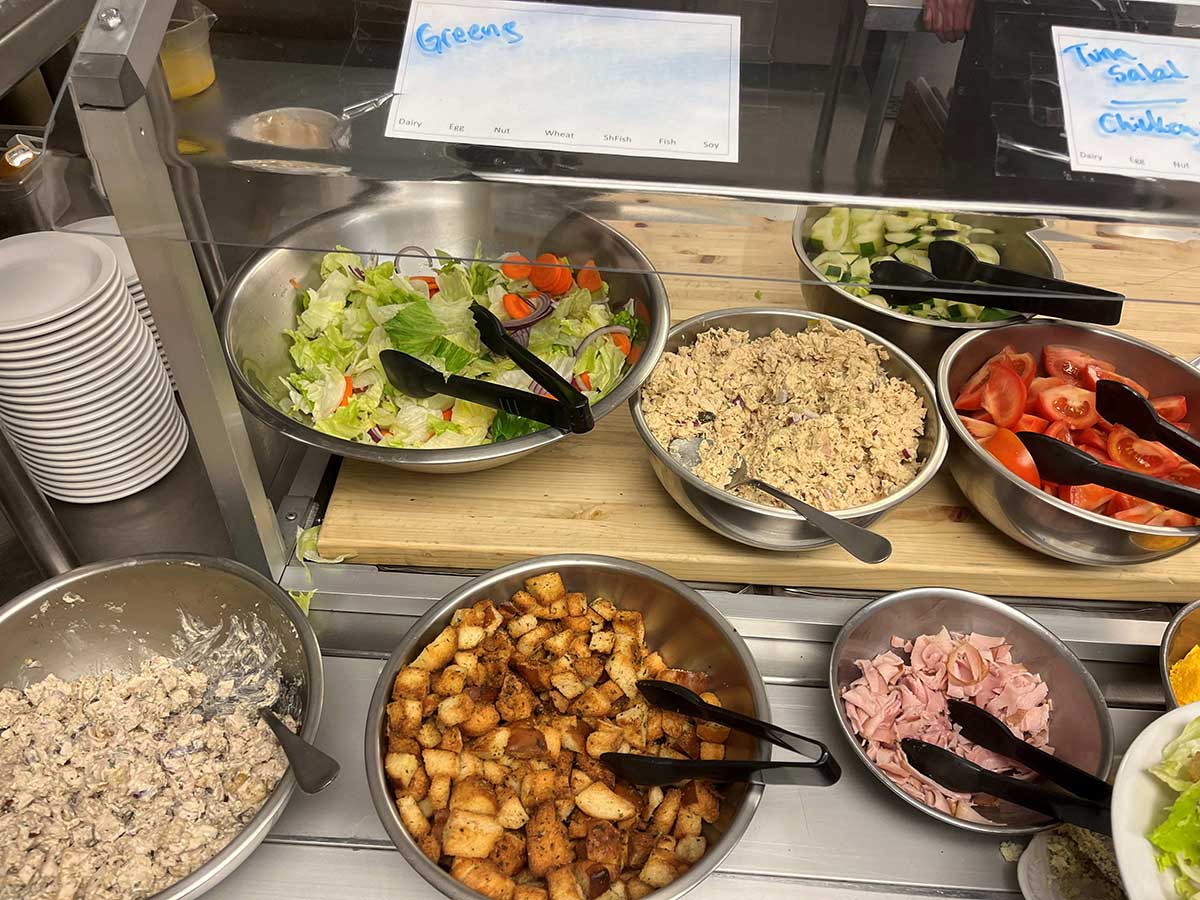 Antarctica is renowned for its isolation from the rest of the world. There are no cities on the continent. No homes, no businesses, and, most importantly, no grocery stores. This can become a problem when you are trying to feed forty-five people on station, and the closest grocery store is days away.
Antarctica is renowned for its isolation from the rest of the world. There are no cities on the continent. No homes, no businesses, and, most importantly, no grocery stores. This can become a problem when you are trying to feed forty-five people on station, and the closest grocery store is days away.
So, how do you feed an entire science community in such a remote location? Most of the food we eat is either frozen or canned, but don’t let that fool you. Our meals are phenomenal! Our chefs work tirelessly to create delicious meals in a place where fresh fruits and vegetables are often not an option. Just look at that poke bowl pictured above!
Although our chefs are fantastic, it is still easy to miss fresh produce, often dubbed freshies on station. A few weeks without any freshies will often induce dreams of visiting farmers markets or taking a bite out of a crisp apple. Cravings for a simple salad can become almost unbearable when you haven’t seen lettuce in a month.

I reached this point of desperation before the Gould pulled into station this week with a brand-new shipment of freshies. It had been over a month and a half since our last resupply. All of our freshies arrive in large totes like the image above. One top are bananas, sacks of potatoes and cartons of milk with more goodies underneath.

Before we can sink out teeth into any of these freshies, they first have to make their way from the ship to our galley in the second floor of the Bio building. Cranes move the totes from the ship onto our pier. From there, they are moved to the bottom floor of the Bio building using a SkyTrak telehandler. Eager volunteers create a line to pass boxes of produce to a hoist where they are loaded and lifted to the kitchen on the floor above. You can see one of our loaded hoists in the image above. The freshies are offloaded and the hoist is lowered back to the first floor where the cycle repeats until all of the freshies are transported.

At this point, the work of our volunteers is done. Our chefs, however, begin their task of working freshies into new recipes or restocking communal supplies of fresh oranges and apples. Only a few short hours after unloading, we are rewarded for our help. Dinner that night was a salad bar with a delicious spread of fresh lettuce, crunchy bell peppers, and crisp onions to name just a few items of our freshie feast. We will enjoy our freshies for a few weeks until our supply dwindles once again and we start dreaming of sweet, sweet freshies.
A haiku for your consideration:
Do scientists dream
Of fresh fruit and vegetables?
I know that they do